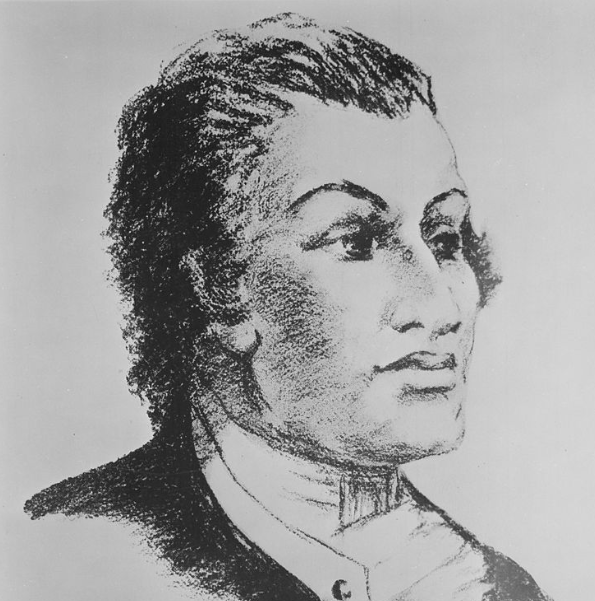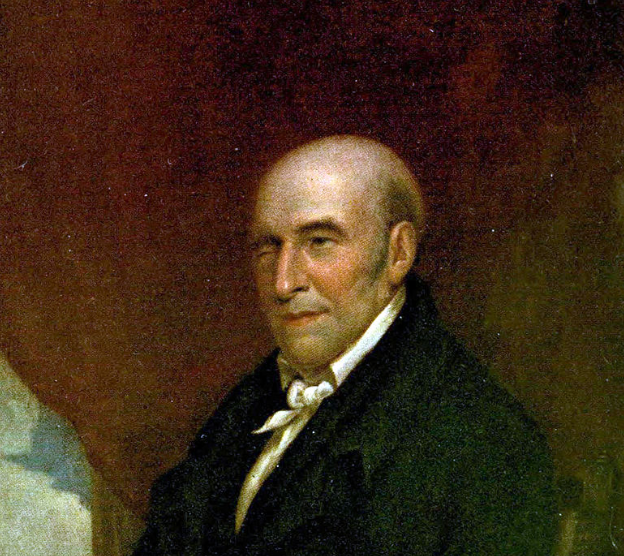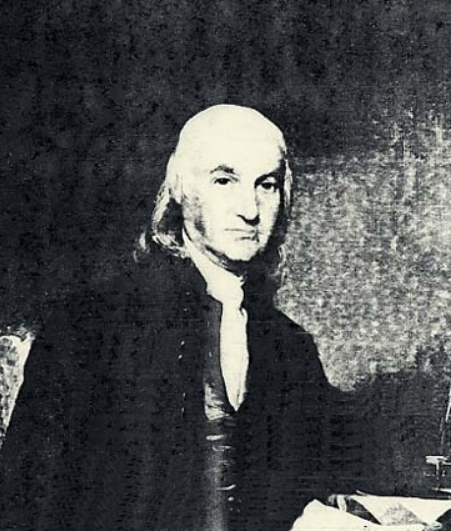Alexander Macomb's Purchase and the Panic That Ensued
Alexander Macomb was a wealthy banker and land speculator in the early Republic.
Macomb’s fortune was so impressive that his house was used as an early Executive Mansion for President Washington.
Unfortunately, Alexander’s luck ran out and his financial downfall almost sent the United States into its first depression.
Alexander Macomb
Growing up in Albany, New York, Alexander Macomb and his brother, William, learned the ins and outs of fur trading.
A lucrative profession for anyone in the area with little schooling, the Macomb boys travelled west to make their fortune.
Their primary area of trade was around Fort Detroit. Though under British control since the end of the Seven Years War, the fur business was still dominated by Frenchmen.
Due to the prejudices had by many of these competitors, many English merchants decided to sell their businesses.
The Macombs were able to purchase one of these and at just 26-years-old Alexander was well on his way to success.
Sympathies Ignored
Alexander Macomb did not play much of a role in the Revolutionary War, as he was on the frontier growing his company.
After hostilities ended, however, he bought a large house in New York City.
Shockingly, New York City was more gentle toward those with Loyalist sympathies than most other parts of the United States. Since it had been occupied throughout the war, they were in more of a hurry to get back to business and overlooked this flaw in many wealthy people in an effort to return to normalcy.
Macomb was one of these people, as his trading company had supplied several British units in the western theater of the war.
The Executive Mansion
When George Washington arrived in NYC for his first term as President he initially took up residence in the Samuel Osgood House.
Unfortunately, this domicile turned out to be too small for all of the visitors the Commander-in-Chief accepted.
So where did he move to?
None other than the humongous dwelling of Alexander Macomb.
His prior allegiances appear to have been totally forgiven.
Macomb’s Purchase
Macomb added to his vast fortune with land speculation throughout the South and West.
This speculation primarily involved purchasing gigantic swaths of property, breaking it down into lots and reselling at a profit.
Alexander attempted to do the same thing in New York, buying almost an eighth of the entire State. Macomb’s Purchase, as it came to be known, was a plot of land that included the entire northern part of the State.
Bankruptcy
Unfortunately, this property did not sell at nearly the rate expected and he was unable to keep up with the payment of his loans.
Furthermore, his shady dealings with William Duer in an attempt to compete with the Bank of New York had the dual results of leaving him broke and contributing to the national Panic of 1792.
Although Alexander Hamilton was able to quickly put the nation back on track to fiscal solvency, the same could not be said for Macomb.
Alexander’s fortune was all but lost and he spent several months in a debtor’s prison. Although he lived another 40 years, he was never able to recoup his vast wealth and lived the rest of his days in relative obscurity.
Here are some other Founders who went bankrupt:
Robert Morris - The Founding Father We’re Supposed to Know
Richard Cary Escorts Mrs. Washington to New York
John Barker Church - Fake ID’s, Dueling Pistols and the Schuyler Sisters
Finances during the early years of the Republic were extremely complicated.
‘Other People’s Money’ explains this complicated scenario in a manner that is easy to digest.
If you’d like a copy you can get one through the Amazon affiliate link below (you’ll support this site, but don’t worry, Amazon pays me while your price stays the same).
Want to get fun American Revolution articles straight to your inbox every morning?
Subscribe to my email list here.
You can also support this site on Patreon by clicking here.
Thanks for your support!






